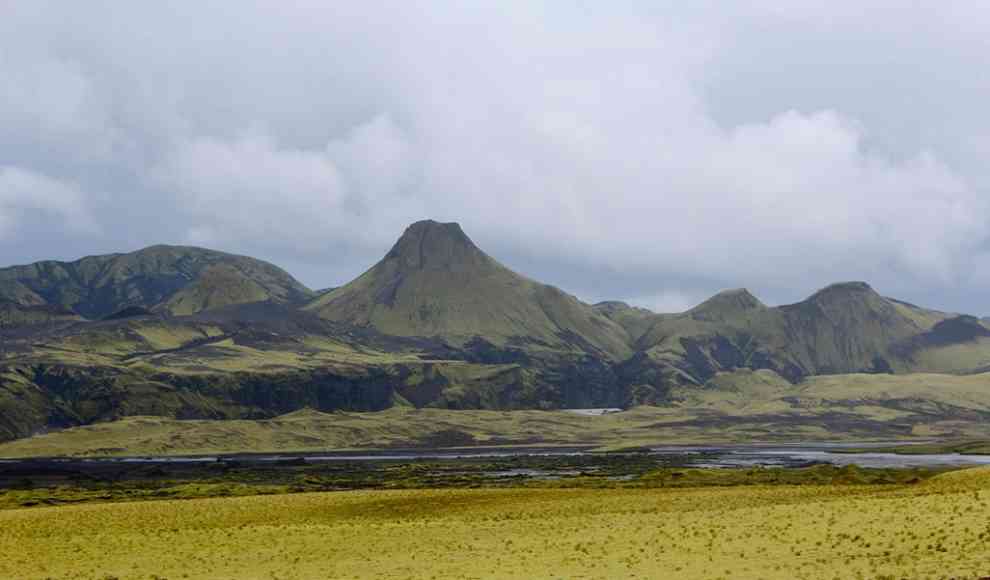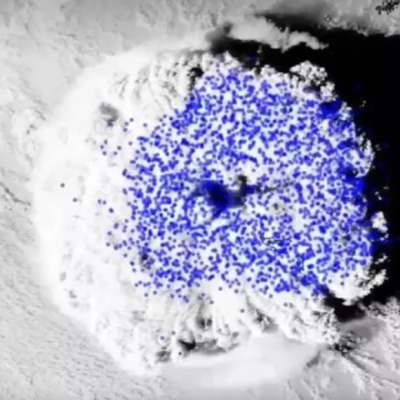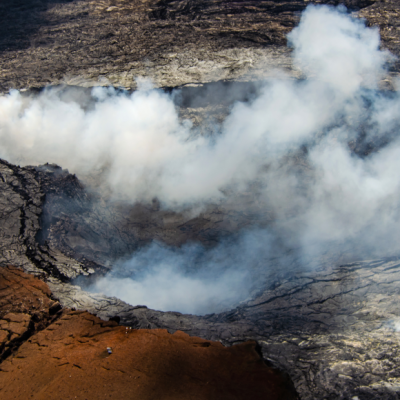The Grímsvötn volcano in Iceland is showing signs of increased seismic activity, leading experts to believe that an eruption may be imminent. The last eruption occurred in 2011, with smaller eruptions in 1998 and 2004. Geologist Magnús Tumi Guðmundsson warns that the volcano could erupt again in just a few months. Seismic activity has increased this year, and a group of scientists from the Icelandic Meteorological Office observed gas emissions from the volcano during a recent visit to the region. The increased heat from the volcano is also causing the Grímsvötn glacier to move faster, leading to higher water levels in the volcano. Guðmundsson believes that this could be a clear sign that an eruption is imminent.
If the Grímsvötn volcano does erupt, it is expected to be a normal eruption, with associated floods flowing down the Gígjukvísl river onto the Skeiðarársandur plain. Guðmundsson predicts that an eruption could occur in just a few months, or even weeks. The 2011 eruption produced large amounts of volcanic ash, which covered the region below the Vatnajökull glacier. This ashfall had a significant impact on local farmers, burying their fields and making it impossible to harvest hay for their livestock. The eruption also disrupted international air travel for several days.
Grímsvötn is one of the most active volcanoes in Iceland, with a history of frequent eruptions. While experts are monitoring the situation closely, it is impossible to predict exactly when an eruption will occur. The Icelandic government has contingency plans in place to deal with the potential impact of an eruption, including evacuations and measures to protect local infrastructure.










